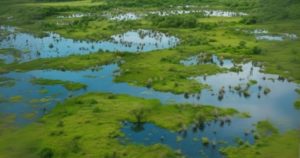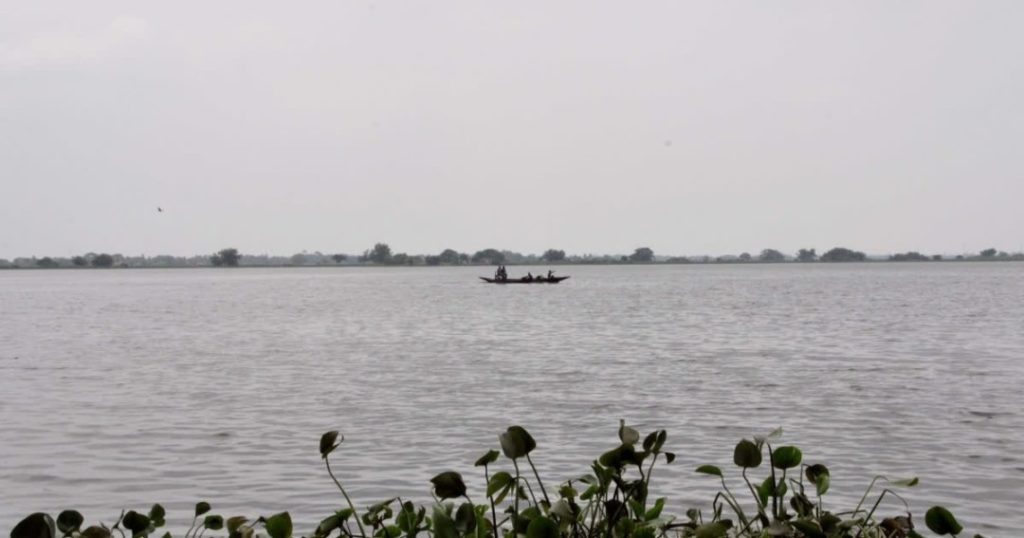
Bihar has added two new entries to the global map of ecologically significant wetlands. Gokul Jalashay in Buxar and Udaipur Jheel in West Champaran have been officially declared as Ramsar sites, bringing the state’s tally to five and taking India’s total count of such protected wetlands to 93 — the highest in Asia.
Gokul Jalashay: A Natural Flood Cushion

Located on the southern edge of the Ganga, Gokul Jalashay spans around 448 hectares and is formed by an oxbow curve of the river. Locals often call it their “natural flood cushion,” as the wetland absorbs excess water during the monsoon, protecting nearby villages. Apart from its flood-moderating role, it is a thriving ecological zone. More than 50 bird species, including migratory visitors, are found here. Villagers around the lake also depend on it for fishing, irrigation, and agriculture, making it central to both biodiversity and livelihoods.
Udaipur Jheel: A Migratory Bird Stopover
Further north, Udaipur Jheel covers 319 hectares in West Champaran. Known for its lush aquatic vegetation, it supports nearly 280 plant species. Every winter, the lake turns into a haven for around 35 migratory bird species. Among the most significant is the Common Pochard, a duck listed as globally vulnerable. For bird enthusiasts, Udaipur Jheel is a reminder of how Bihar lies on important migratory flyways that connect continents.
Why Ramsar Status Matters
Environmentalists believe the Ramsar recognition will help secure better conservation measures, funding, and monitoring. The tag not only places these wetlands on the global map but also obligates authorities to protect them under international standards.
“This recognition ensures that wetlands like Gokul Jalashay and Udaipur Jheel are preserved not just as water bodies but as ecosystems that sustain people, birds, and countless plant species,” a state forest official said.
A Growing Network
India has steadily expanded its Ramsar network over the last decade. For Bihar, the two new sites join earlier designations such as Kanwar Lake, Nagi, and Nakti, reinforcing the state’s growing profile in wetland conservation.
For the people living around these lakes, the news brings pride and hope — pride in seeing their landscapes recognised globally, and hope that the wetlands will now receive the attention and protection they have long deserved.


